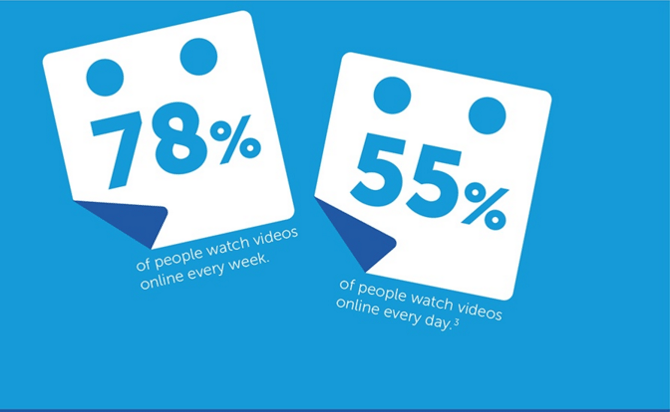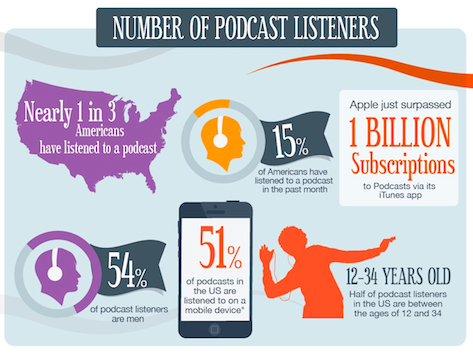We've talked a lot about blogging in the HIVE blog. We've covered everything from why blogging for your business is crucial to how to ensure your brand voice comes through in your blogs. If you've missed some of these past topics, be sure to check them out:
- 5 Reasons Blogging for Business is a Must
- Writing Blogs and the Importance of Brand Voice and Authenticity
- 5 Steps to Amazing Blog Titles
- Character Count 101: Your Guide to Optimal Content Lengths
But what if you hate writing, or even just hate blogging. What then? How do you blog if you hate writing blogs? Well the good news is that we have some great tips and tricks to help you navigate the increasingly important world of blogging even if it's not necessarily your thing. After all, companies that blog regularly generate almost 2x more leads than companies who don't. So you really can't afford to avoid blogging.
We have developed four great tactics to help you blog even if you hate writing. This way, you can still capitalize off the SEO advantages of blogging and help move your business forward. Let's break down these four tactics:
1. Get visual
First and foremost, I want to remind you that you aren't writing a novel. Or a college research paper. You're writing a blog. And given the visual nature of our current society, the more visually appealing you make it, the better off you'll be. Even here at HIVE, where we have a slight obsession with blogging, will admit that we love when visuals are included in the things we read. It helps break up the monotony of text and explain the overall topic.
There are a few ways you can implement visuals in your blog. Let's take a look at three different tactics:
Charts and Graphs
Trying to explain something that is particularly statistically-driven or number-heavy? Charts and graphs are a great way of simplifying complicated research results making them easier to explain to readers AND, they do a great job of showing rather than telling.
Video
Video is bigger than it's ever been. In fact, 78% of people watch videos online every week and 55% of people watch videos online everyday. There's no reason you too can't capitalize off of that and kill two birds with one stone. Whether you're particularly good in front of the camera or even if you're creating an animated video or using video assets you already have, this is a great alternative to writing.
EXPERT TIP: Just because you're using video, not words, that doesn't mean you can ignore your SEO optimization techniques! Make sure your video's title and meta description are search friendly and you've used your main keyword in both.
Infographics
Remember those stats above about video usage? Those came from our good friends over at HubSpot. And they actually presented them in the form of an infographic, not in text. Think about how you would rather digest quantitative data: like it was presented above or in this clipping from their infographic (which you can view in full here):
If you said infographic, you are in agreement with many users. In fact, between 2010-2012, search volumes for the word "infographic" increased 800%. And that number isn't slowing any time soon.
EXPERT TIP: Like charts and graphs, infographics are great for presenting qualitative research but, with infographics, you can present more than one set of research, something that's a little more difficult with charts and graphs.
2. Listen up
What if you're really not a writer, the topic you've selected doesn't lend it self to a chart, graph or infographic AND you aren't comfortable recording a video about it? No, I'm still not letting you off easy. Good try though. There's actually a solution for all of those problems: podcasting.
Like video, the growth of podcasting in the past few years has been huge. And, thanks in large part to one of my favorite podcasts, Serial, it's bigger than it's ever been. Consider the following info:
The growth of podcasting isn't slowing anytime soon. If anything, it's growing even more quickly. Which makes this is a great medium to get into now. And a great alternative for traditional blogging.
EXPERT TIP: As with video, you can't ignore the SEO implications. Make sure your podcast title and meta description are search friendly and you've used your main keyword in both.
3. Write what you know
Ok, you have your topic and you've pretty much come to the conclusion that this particular post absolutely has to be a written post, not one of the suggestions above. Relax; it's not that bad, I promise. Why? You should be writing about something you already know; something you and your company are experts on. This comes back around to my previous post about the importance of authenticity in blogging. Just focus on writing what you already know; on trying to explain to your customer the knowledge you already have. If it helps, make an outline of your most important points and use that to help yourself stay on topic.
EXPERT TIP: Not sure you're able to communicate your knowledge in an educational and straightforward way? No problem. Grab a coworker or trusted friend who understands your business, ask them to read the blog, ask them if they understand what you're trying to say. If they don't understand, ask them what you can do to better explain. They'll probably be able to help you better get the point across.
4. Ask for help
If you're thinking, "all of this is great but I still hate blogging and just don't want to do it!" it's probably time to consider hiring someone to write your blog for you. Whether it's a freelance writer or a larger company who does more than just blog, there's no shame in paying an expert to help you out.
Hopefully some of these tactics will help lessen your hatred of blogging and embrace it as a great way to help increase the SEO of your business. Because, with Google's focus on content in their algorithm, it really is a great way to start ranking hire and attract more qualified leads.





.png?width=100&height=100&name=The%20Complete%20Guide%20to%20HubSpots%20Prospecting%20Agent%20(2025%20Edition).png)

.png?width=100&height=100&name=Why%20Were%20Not%20a%20Marketing%20Agency%20(And%20What%20That%20Means%20for%20Your%20Growth).png)